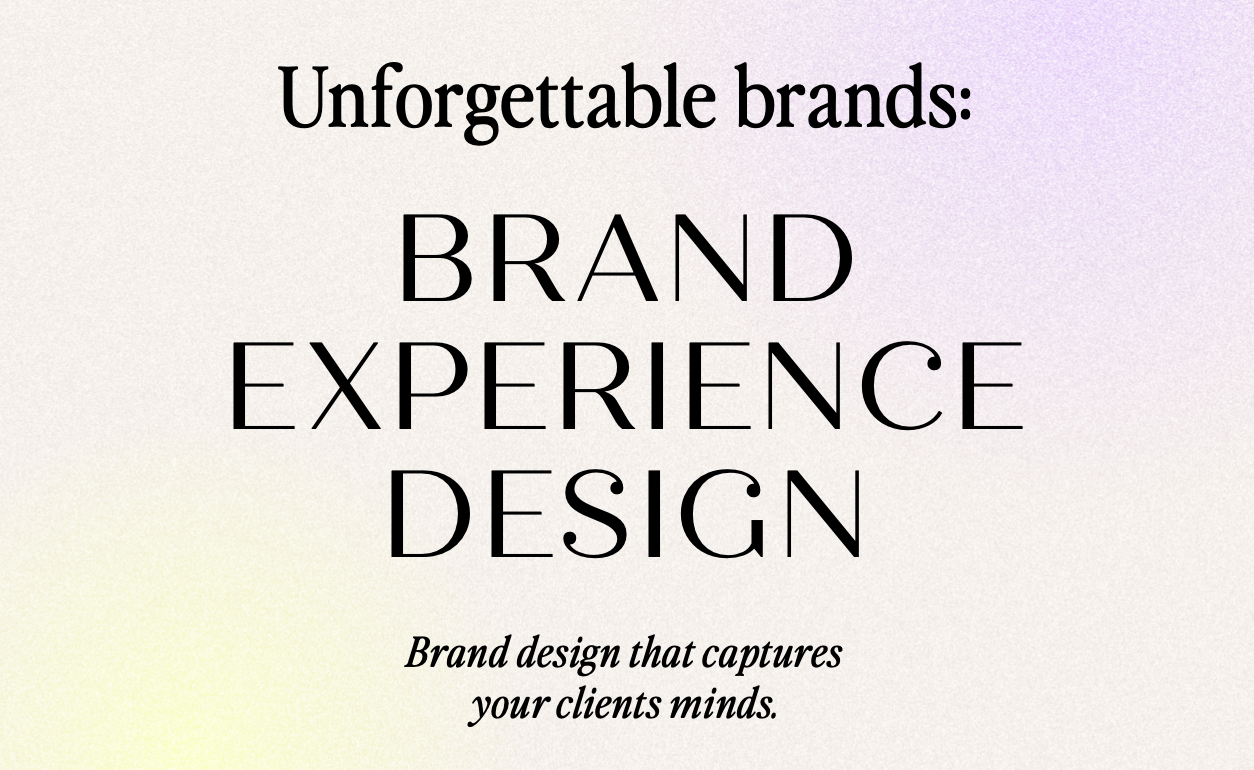When Design Replaces Strategy
There's nothing wrong with wanting your brand to look good. In fact, you should want that.
But design should serve strategy. Not replace it.
Here's what happens when the order gets flipped:
You don't have a clear value proposition. You haven't built retention flows. You haven't audited your funnel.
So you hire a designer. You get a rebrand. You post aesthetic flatlays.
It feels like progress. It looks impressive. But it's not solving the real problem.
Because the issue wasn't that your brand looked bad. It's that your brand didn't work.
The Trap: Aesthetics as a Band-Aid
I've seen this pattern dozens of times:
Revenue stalls. Growth flatlines. Founders panic.
Instead of diagnosing the leak (broken checkout flow, hidden shipping, unclear messaging), they rebrand.
New logo. New colour palette. New photography style.
And the revenue? Still flat.
Because the customers weren't leaving due to ugly visuals. They were leaving because:
- The site was slow
- Shipping costs were hidden
- Product pages were cluttered
- Navigation was confusing
These aren't design problems. They're strategic problems.
But strategy is hard. Rebrands are easy.
Beautiful ≠ Functional
You can have a stunning website that converts at 0.5%.
You can also have a "meh" website that converts at 5%.
The difference? One prioritises looking good. The other prioritises working good.
This brand had:
- Beautiful, minimalist layouts
- Professional product photography
- Cohesive Instagram grid
And also:
- 8.27% add-to-cart rate (should be 10-12%)
- 39% cart-to-checkout progression (should be 50-60%)
- Hidden shipping fees
- No drawer cart
- Cluttered variant displays
The aesthetics were on point. The strategy was non-existent.
And when forced to choose between the two, they picked pretty every time.



